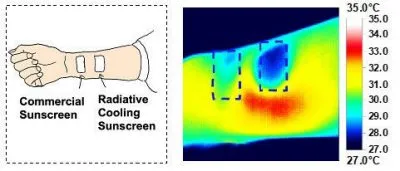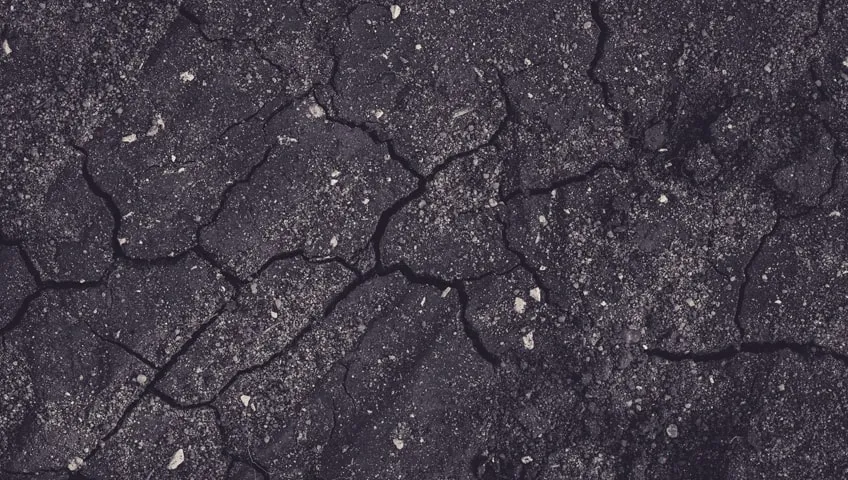Smart Walls for Healthier Indoor Air
What if buildings could breathe? This is the challenge tackled by researchers at ETH Zurich, who have designed revolutionary wall and ceiling coatings. Made from mineral waste and 3D-printed, these architectural elements absorb excess humidity in crowded spaces like meeting rooms or museums, creating a more comfortable environment… without relying on energy-intensive ventilation systems.
The Challenge of Crowded Spaces
In high-traffic areas, the air quickly becomes stifling. Breathing, sweating, and movement increase ambient humidity, forcing reliance on energy-guzzling air conditioners or mechanical ventilation. While effective, these solutions are energy-intensive and contribute to CO₂ emissions.
The team led by Guillaume Habert, a sustainable construction professor at ETH Zurich, proposes a passive alternative: walls that temporarily store humidity and release it during ventilation periods. “Our technology is ideal for spaces where conventional systems fall short,” he emphasizes.
Marble Waste Transformed into High-Tech Material
At the core of this innovation lies a hygroscopic (water-absorbing) material made from marble quarry residues, combined with a low-carbon geopolymer binder. Activated by an alkaline solution, this mixture replaces traditional cement and reduces CO₂ emissions during production.
Using binder jet 3D printing, researchers craft complex, lightweight structures: marble powder is solidified layer by layer with the binder, enabling custom fabrication and zero waste. “This method offers complete architectural freedom,” explains Benjamin Dillenburger, an expert in digital building technologies.
75% More Comfort, 85% Fewer Emissions
To test the walls’ efficiency, building physicist Magda Posani simulated their use in a Portuguese library hosting 15 people. The result: with 5 cm-thick walls, humidity-related discomfort dropped by 85% compared to standard walls. Better yet, over 30 years, these components emit fewer greenhouse gases than mechanical ventilation systems.
Compared to clay plaster—a traditional humidity-regulating solution—ETH Zurich’s material boasts superior storage capacity, though clay remains more eco-friendly.
Toward Carbon-Neutral Construction
This project aligns with circular economy principles and sustainable innovation. Researchers are now collaborating with European universities to optimize production and further reduce environmental impact. “Achieving carbon neutrality by 2050 requires rethinking every stage of construction,” reminds Guillaume Habert.
With its 3D-printed walls, ETH Zurich paves the way for a new generation of smart buildings, where technology and ecology coexist to enhance everyday life.



